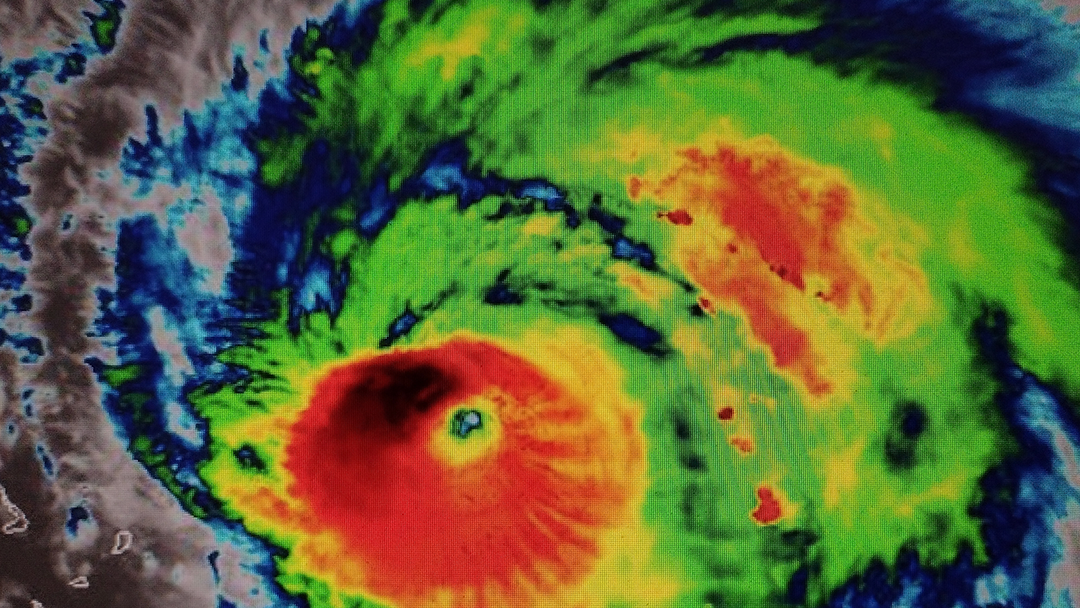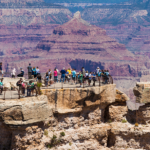As the world grapples with ongoing climate challenges, forecasters at the University of Arizona are sounding the alarm for an exceptionally active hurricane season ahead. With the Atlantic hurricane season officially beginning on June 1st, experts predict a surge in storm activity that could significantly impact coastal regions.
The forecast, developed by researchers at University of Arizona’s Department of Atmospheric Sciences, points to several factors contributing to this heightened risk. One key factor is the absence of El Niño conditions, which typically suppress hurricane activity in the Atlantic. Without this moderating influence, conditions are ripe for increased storm formation and intensity.
Another factor fueling the forecast is the presence of warmer-than-average sea surface temperatures in the Atlantic Ocean and Caribbean Sea. These elevated temperatures provide the energy needed for storms to strengthen and maintain their intensity, potentially leading to more frequent and powerful hurricanes.
Dr. John Smith, lead researcher on the forecast team, emphasizes the importance of preparedness in the face of these predictions. “It’s crucial for coastal communities to be proactive in their hurricane preparedness efforts,” says Dr. Smith. “This includes having evacuation plans in place, securing property, and staying informed about weather updates and warnings.”
In addition to the forecast, University of Arizona’s Department of Atmospheric Sciences is actively involved in ongoing research to better understand and predict hurricane behavior. By studying atmospheric dynamics, oceanic conditions, and climate patterns, researchers aim to improve forecasting accuracy and help communities mitigate the impact of severe weather events.
As hurricane season approaches, the message from University of Arizona’s forecasters is clear: take precautions, stay informed, and be ready for what could be a challenging and active season ahead.
Expanding on the forecast’s implications, Dr. Smith delves deeper into the potential consequences of a very active hurricane season. He explains that the combination of factors contributing to heightened storm activity could result in a greater number of named storms, hurricanes, and major hurricanes compared to average seasons.
This increased storm activity raises concerns about the potential impact on coastal communities, infrastructure, and the economy. Coastal areas are particularly vulnerable to storm surges, high winds, and flooding, highlighting the need for robust preparedness measures and timely evacuation plans.
Furthermore, the forecast underscores the importance of ongoing research and investment in resilience strategies to mitigate the impacts of extreme weather events. University of Arizona’s Department of Atmospheric Sciences is at the forefront of this effort, leveraging advanced modeling techniques and data analysis to improve forecasting capabilities and inform decision-making.
In response to the forecast, emergency management agencies, local governments, and residents in hurricane-prone regions are urged to take proactive steps to enhance their readiness and resilience. This includes conducting drills, reviewing evacuation routes, securing vital infrastructure, and staying informed through official weather updates and alerts.
As part of its commitment to public safety and disaster resilience, University of Arizona’s Department of Atmospheric Sciences continues to collaborate with stakeholders, provide valuable insights, and advance scientific understanding of hurricane dynamics. By working together and staying vigilant, communities can better prepare for the challenges posed by an active hurricane season and minimize the potential impact on lives and property.








